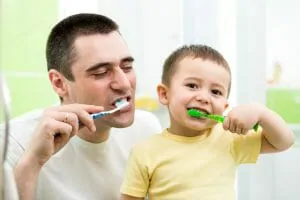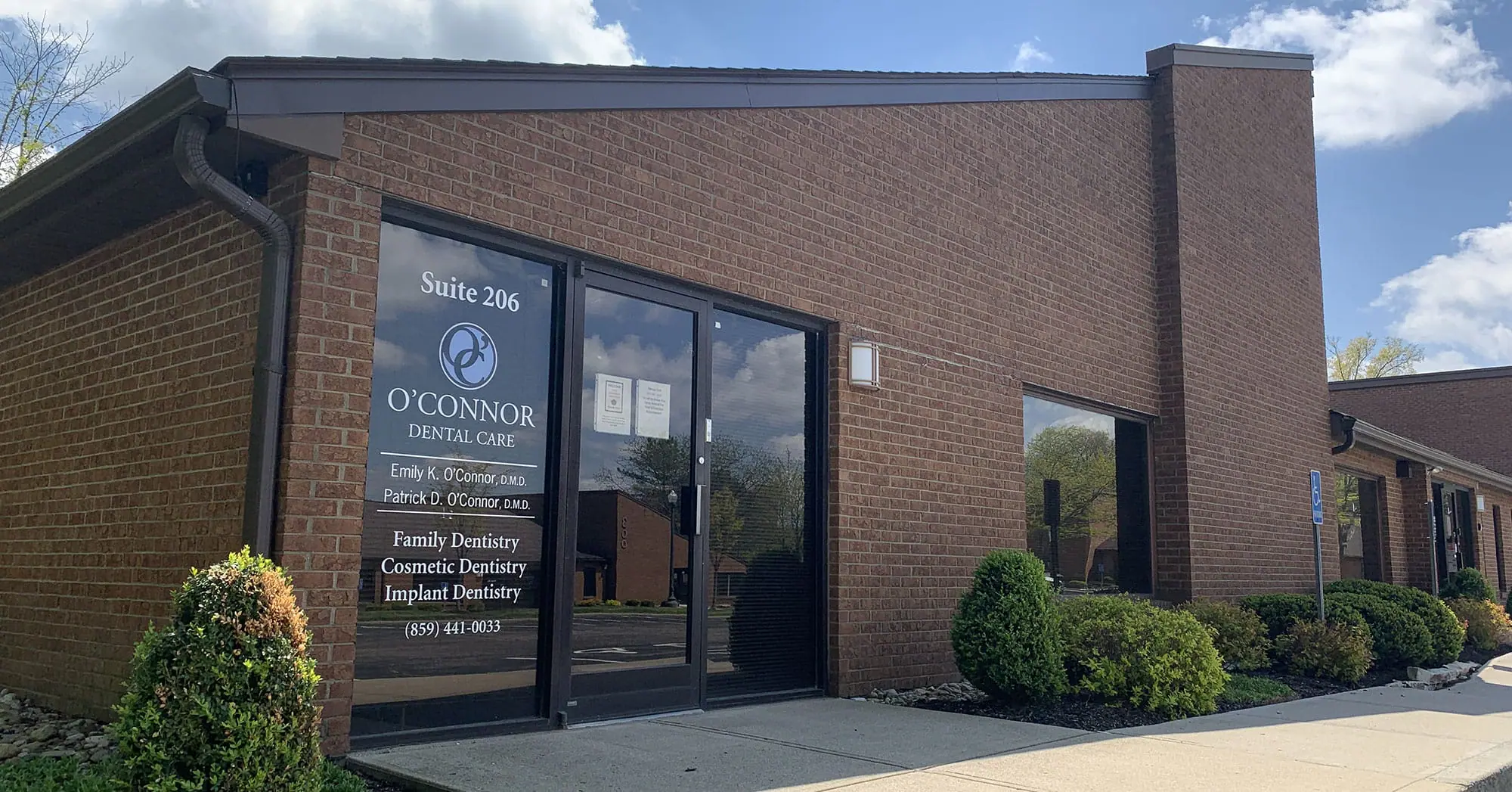The 3 Differences Between Dentistry for Children and Adults

The dental care we need naturally changes through the course of our lives. But unless you’ve experienced it firsthand, you may wonder what dental needs you can develop as you age.
At O’Connor Dental Care, we offer both general dentistry and pediatric dentistry, making us a full-service solution for the entire family’s dental needs.
It’s as much of a priority for us to provide you information as it is to offer you exceptional dental care. That’s why we would like to educate you on the three key differences between dentistry for children and adults.
What is pediatric dentistry?
Pediatric dentistry is a form of preventive dentistry that provides specific dental care for developing teeth. The American Academy of Pediatric Dentistry (AAPD) recommends that children have their first dental appointment within six months of when their first baby tooth breaks through the gums or no later than one-year-old, whichever comes first.
Pediatric dentists take the natural development of teeth, gums, and bone into consideration as they provide dental care for little ones. They have to undergo more training than other types of dentists to ensure they provide children with safe and effective services.
Difference #1: What are specific pediatric dental treatments?
As baby teeth fall out and children develop their primary teeth, parents must ensure their children receive regular dental checkups. The number one difference between adult and children’s dentistry is preventive services.
Pediatric dentists will likely recommend fluoride treatments and dental sealants for all young patients. Why? Because these are preventive treatments that help protect your children’s growing teeth from decay and future, costly dental procedures.
Though adults may also elect to have a fluoride treatment or dental sealant, they are most often applied to children and their new adult teeth. They reduce the chances of developing cavities and help set your children up for a lifetime of exceptional oral health.
Difference #2 – What age do kids transition to adult dentistry?
The second difference between kid and adult dentistry is the all-important transition period.
Children may see a pediatric dentist as young as six months of age, and they typically transition into adult dentistry once all of their adult teeth come in. This may be as young as 12, although sometimes a youth may remain a patient of their pediatric dentist until the age of 18.
An important part of what our pediatric services include is education. We not only have to provide children the proper level of care to make them feel comfortable at their appointments, we strive to have them understand the importance of oral hygiene. That way as kids get older, they know how essential it is to brush and floss regularly.
At our dental clinic we use these transitional times to ensure that while children are still under pediatric dental care, they know that caring for their teeth and gums improves their overall health. We’ve seen that this has been an effective way to get our young patients to prioritize their oral health, which is an education that will serve them the rest of their lives.
Difference #3 – What are specific adult dental care services?
While children’s dental care may focus mainly on preventive services, the focus of adult dental care shifts largely to maintenance. This is the number three difference between child and adult dental care.
Mostly, adults understand they must brush and floss their teeth at least twice a day to keep their teeth and gums clean and to prevent decay. And while children see the dentist at the behest of their parents, adults obviously must make appointments of their own accord after moving out of their family home.
A lot of adult dental care depends on habits, however. When we’re kids, our parents may restrict us from having candies and sugary soda whenever we want. As adults, we can enjoy these less-than-healthy items when we like, even though we know they are bad for our teeth. If you have a fondness for sugary foods and drinks and are not vigilant about your oral health, you may suffer the consequences.
How so? You will be more likely to develop decay and have cavities. If the issue progresses, that’s when we may talk to you about considering restorative dental services, such as dental fillings, root canals, crowns, and dentures.
If you develop a taste for wine after the age of 21, or coffee, these are other habits to consider in adult dental maintenance. Wine and coffee can adversely stain our teeth if we let our brushing lapse. When this happens, an adult patient may opt to have teeth whitening services performed. This is a very common adult dental procedure we provide in our clinic.
If you have more questions about the differences in our pediatric and adult dentistry services, please reach out. Because we specialize in both forms of dentistry, Doctor Emily O’Connor can provide your family with a smooth transition from childhood to adult dental care, all in the same office, and with the same dentist your family has grown to know.











